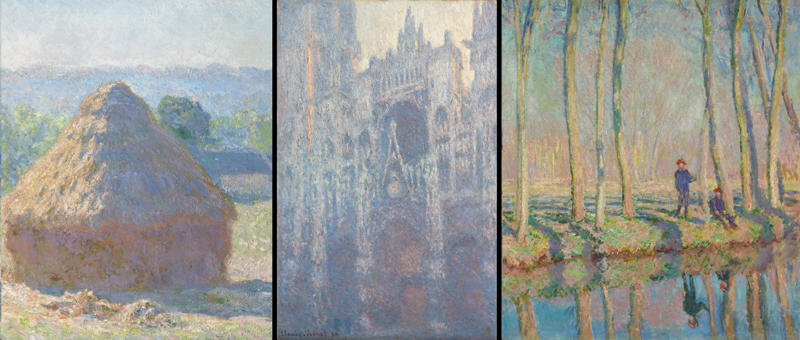Version 1.5 - largely achieving my initial vision for the model
Without having to resort to synthetic data training, I got this model to a state where it regularly (not 100%) realizes the particular impressionistic aesthetic I was shooting for (I describe more below if you want to know all my thoughts) and can broadly apply with almost as much subject-matter flexibility as most of my LoRA styles.
Just start your prompt with 'impressionistic painting of ...'
and you're off and running. Unlike v1.0, this 1.5 version doesn't respect 'pointillism' as a concept (which I wasn't chasing, but will definitely keep 1.0 on-hand for when I might want it) but it very much will respond to 'colorful and gestural' It will make your image more abstract and show more discrete color separation - which ultimately is what I was chasing.
There are always bound to be model prejudices. The first one that stands out to me is it likes putting women's hair up in a bun. It's not the strongest bias and can be mitigated with prompting and I'm unlikely to revisit the model just to try and correct this.
So now that I have the model fundamentally where I wanted it, I'm able to answer the question: what might it look like to bring classic impressionism to modern subject matter? For the most part, the answer is - it looks great! But not always. Robots and sci-fi scenes - why would I want them so fuzzy and atmospheric? It's quite incongruous. Comic characters I feel similarly about, but not as strongly.
Altogether though, this achieves what I wanted and I'm now happy to just play with it.
Previous thoughts on version 1.0
This LoRA takes more work than any of my other style LoRAs to get what I personally want from it. Too often, it generates images that are just gestural alla prima oil paintings, which are nice, but I wouldn't call impressionist. I'll wax on about that below if you want to read. But for now, here's my prompting guidance:
Impressionist painting of... this is a decent preface that gets most simple prompts rolling
Abstract and atmospheric impressionist painting of ... I prefer starting like this. Helps to shift the imagery away from high detail
Pointillist impressionist painting of ... this will push the imagery more toward a style like that of Sisley rather than that of Monet.
alternatively, eschew referencing painting, load up on terms of photography (I like to throw in 'by Max Rive and Ryan Dyar') and use the LoRA at full 1.0 strength. It will add some great color and texture quality to the photographic output that feel really organic and analog. Not its intended use, but a lovely surprise!
So what am I looking for? Impressionism is only a loosely-defined concept. Even in the work of one painter, such as Monet, you will find paintings that are sometimes more impasto and gestural, and sometimes featuring loose washes. Sometimes a painting is more atmospheric and abstract and other times almost illustrative.
But for me, the defining and most crucial insight of impressionist painters is that color can be broken up - that you can paint a series of warm colors next to quite different cool colors of a similar value and saturation and the visible effect is something unlike either of the discretely applied colors. But the registered overall color is naturalistic. And that is what I really wish to emphasize and capture. This color separation. It occurs sometimes with this LoRA. But it's not a concept well understood by the base SDXL at all, and trying to teach it is proving tricky.
Moreso than the work of Degas or Cassatt (whom I find a little cartoony and illustrative) what I really want to capture is the coloring, atmosphere, and heavy paint application of Monet's hay stacks and Rouen cathedral studies, like in the images below:


